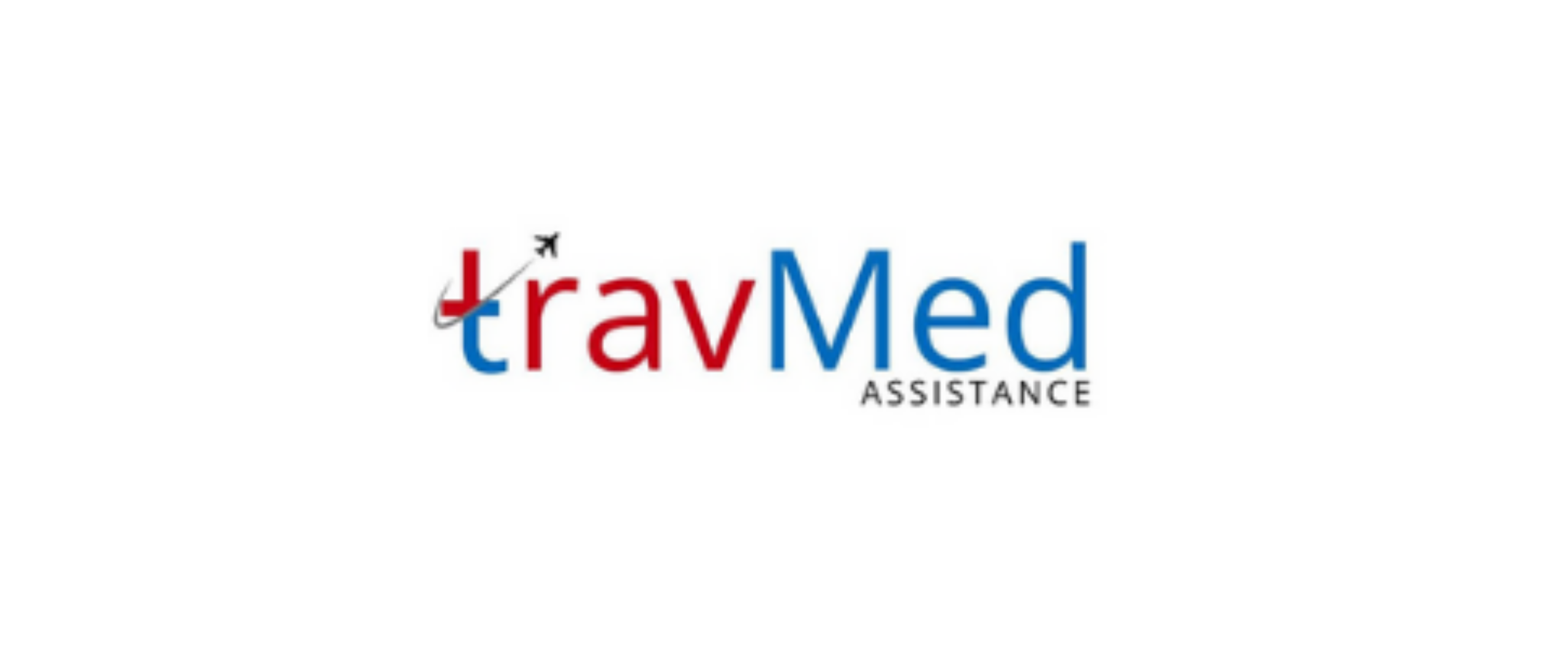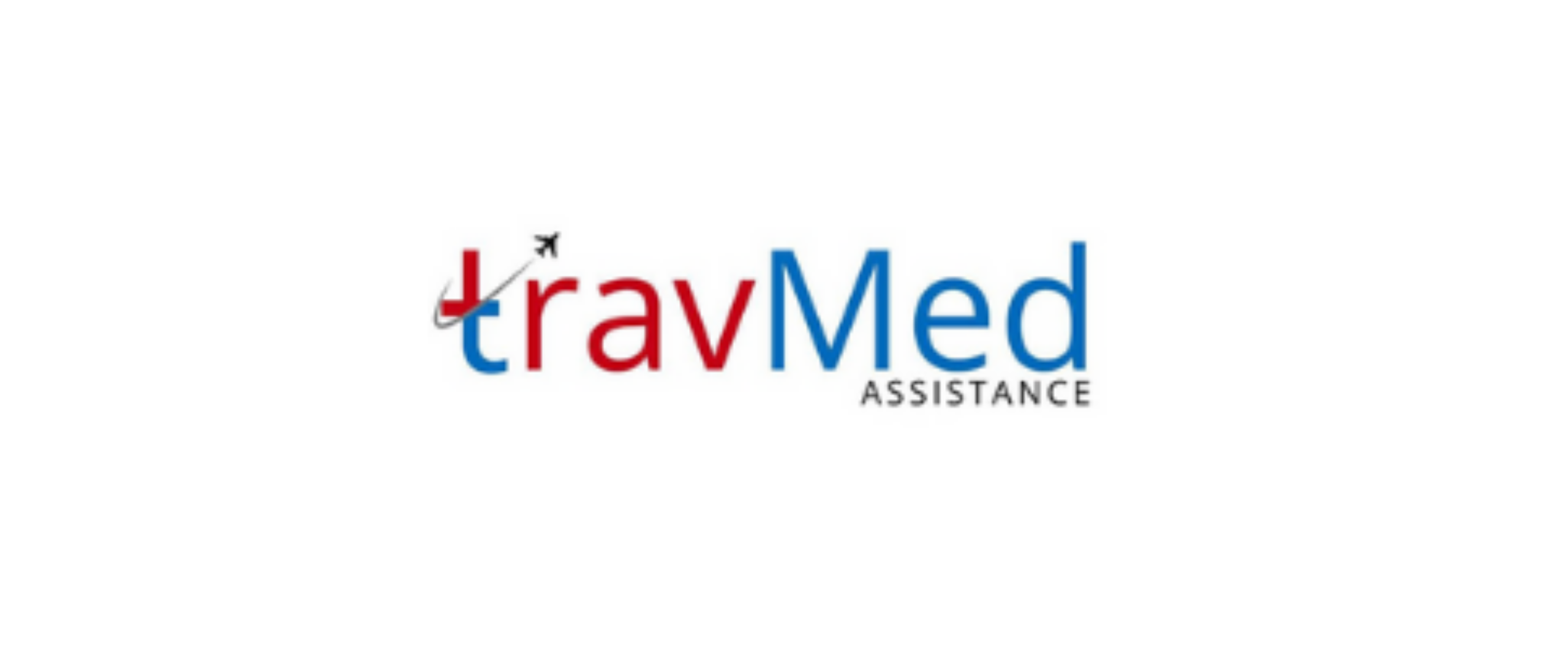
What is insurance coverage for medical evacuation?
Insurance coverage for medical evacuation in Nepal provides financial protection for individuals who require emergency medical transportation due to illness or injury while traveling in the country. This specialized insurance covers the costs associated with transporting patients from remote or inadequate medical facilities to more advanced healthcare centers, either within Nepal or to neighboring countries. The coverage typically includes expenses for air or ground ambulance services, medical personnel accompanying the patient, and necessary medical equipment during transport. Medical evacuation insurance ensures that travelers receive prompt and appropriate medical care in emergency situations, particularly in Nepal’s challenging terrain and limited healthcare infrastructure in remote areas.
Who provides insurance coverage for evacuations in Nepal?
Several insurance providers offer medical evacuation coverage for travelers in Nepal. International insurance companies such as World Nomads, Allianz Global Assistance, and AIG Travel Guard provide comprehensive travel insurance policies that include medical evacuation coverage. Additionally, specialized evacuation insurance providers like Global Rescue and International SOS offer standalone medical evacuation policies. In Nepal, local insurance companies such as Nepal Insurance Company, Sagarmatha Insurance, and Shikhar Insurance also provide medical evacuation coverage as part of their travel insurance packages. Trekking agencies and tour operators in Nepal often partner with insurance providers to offer medical evacuation coverage to their clients. It’s essential for travelers to research and compare different providers to find the most suitable coverage for their specific needs while visiting Nepal.
How does insurance coverage for medical evacuation work?
Insurance coverage for medical evacuation in Nepal operates on a reimbursement or direct payment basis, depending on the policy and provider. When a medical emergency occurs, the insured individual or their representative contacts the insurance company’s 24/7 assistance hotline. The insurance provider then assesses the situation, consults with medical professionals, and determines if evacuation is necessary. If approved, the insurance company coordinates the evacuation, arranging transportation and medical care. In some cases, the insurer may pay the service providers directly. For reimbursement policies, the insured pays for the evacuation upfront and submits a claim afterward. The insurance company reviews the claim and reimburses the policyholder for covered expenses. It’s crucial to follow the insurer’s guidelines and obtain pre-approval for non-emergency evacuations to ensure coverage.
What documents are needed for insurance claims?
To file an insurance claim for medical evacuation in Nepal, several documents are typically required:
- Completed claim form provided by the insurance company
- Copy of the insurance policy
- Medical reports and records detailing the condition necessitating evacuation
- Doctor’s recommendation for medical evacuation
- Itemized bills for medical services and evacuation costs
- Receipts for any out-of-pocket expenses related to the evacuation
- Copy of passport and visa
- Police report (if the evacuation was due to an accident)
- Travel itinerary and proof of travel dates
- Contact information of treating physicians and facilities
- Any correspondence with the assistance company or insurance provider
It’s advisable to keep all original documents and make copies for the claim submission. Prompt submission of complete documentation facilitates faster processing of the claim.
How much does medical evacuation insurance cost?
The cost of medical evacuation insurance for Nepal varies depending on several factors, including the traveler’s age, duration of stay, coverage limits, and the level of adventure activities planned. For short-term travelers, standalone medical evacuation coverage can range from $45 to $200 for a week-long trip. Comprehensive travel insurance policies that include medical evacuation coverage typically cost between 4% to 10% of the total trip cost. For example, a $3,000 trip might incur insurance costs of $120 to $300. Annual multi-trip policies with evacuation coverage can cost $200 to $600 per year. Specialized coverage for high-risk activities or expeditions to remote areas of Nepal may be more expensive, potentially reaching $1,000 or more for comprehensive coverage. It’s essential to compare quotes from multiple providers and carefully review policy details to ensure adequate coverage for Nepal’s unique travel risks.
How long does it take to process evacuation claims?
The processing time for medical evacuation claims in Nepal can vary depending on the complexity of the case and the efficiency of the insurance provider. Typically, straightforward claims can be processed within 10 to 30 business days after all required documents are submitted. However, more complex cases involving multiple healthcare providers or extensive medical treatments may take 30 to 90 days for full processing. Factors that can affect processing time include the completeness of submitted documentation, the need for additional information or clarification, and the workload of the insurance company’s claims department. Some insurance providers offer expedited claim processing for urgent cases. To facilitate faster processing, it’s advisable to submit all required documents promptly and respond quickly to any requests for additional information from the insurance company.
Are services available for foreign travelers in Nepal?
Medical evacuation services are readily available for foreign travelers in Nepal. Several international assistance companies operate in the country, providing 24/7 support for medical emergencies and evacuations. These services cater specifically to the needs of foreign travelers, offering multilingual assistance and coordination with international insurance providers. Companies like Global Rescue, International SOS, and GEOS have established networks in Nepal, working with local hospitals, air ambulance services, and ground transportation providers to facilitate medical evacuations. Additionally, many trekking agencies and tour operators in Nepal have partnerships with local and international evacuation services to ensure prompt assistance for their clients. Foreign embassies in Kathmandu also maintain lists of recommended medical facilities and evacuation services for their citizens. Travelers should ensure their insurance policy includes coverage for Nepal and familiarize themselves with the contact information for their provider’s assistance services before embarking on their trip.
How reliable are medical evacuation insurance providers?
Medical evacuation insurance providers operating in Nepal generally maintain a high level of reliability due to the critical nature of their services. Established international providers like AIG Travel Guard, Allianz Global Assistance, and World Nomads have extensive experience in coordinating evacuations from remote and challenging environments. These companies typically have robust networks of medical professionals, transportation providers, and healthcare facilities in Nepal and neighboring countries. Local Nepalese insurance companies partnering with international assistance networks also offer reliable services. However, the reliability can vary among providers, with factors such as financial stability, claims processing efficiency, and the extent of their local networks influencing their performance. It’s advisable for travelers to research provider reviews, check their financial ratings, and verify their experience in handling evacuations in Nepal. Reputable providers should offer 24/7 assistance, have clear communication channels, and demonstrate a track record of successful evacuations from Nepal’s diverse geographical regions.
Can evacuation coverage be extended for remote areas?
Evacuation coverage can indeed be extended for remote areas in Nepal, but it often requires additional considerations and potentially higher premiums. Standard medical evacuation policies typically cover transportation from the point of illness or injury to the nearest adequate medical facility. However, for travelers venturing into remote regions of Nepal, such as high-altitude trekking routes or isolated mountain areas, specialized coverage may be necessary. Some insurance providers offer add-ons or tailored policies that extend coverage to include helicopter evacuations from remote locations, high-altitude rescues, and transportation to more advanced medical facilities outside Nepal if required. These extended coverages often have higher limits to account for the increased costs associated with remote evacuations. Travelers planning to explore remote areas of Nepal should carefully review policy details and consider purchasing comprehensive adventure travel insurance or specialized mountaineering insurance that explicitly covers evacuations from extreme environments.
How do I apply for insurance coverage for evacuation?
Applying for insurance coverage that includes medical evacuation for Nepal involves several steps:
- Research insurance providers offering coverage for Nepal
- Compare policy options and coverage limits
- Select a policy that meets your travel needs and budget
- Visit the insurance provider’s website or contact an agent
- Fill out the online application form or provide details to the agent
- Provide personal information, travel dates, and destination details
- Disclose any pre-existing medical conditions
- Select additional coverage options if desired
- Review the policy terms and conditions carefully
- Make the payment for the premium
- Receive policy documents and confirmation of coverage
- Review the emergency contact information and claim procedures
It’s recommended to apply for coverage well in advance of your trip to Nepal to ensure adequate time for processing and to familiarize yourself with the policy details.
Are services available 24/7 in Nepal?
Medical evacuation services in Nepal are indeed available 24/7, recognizing the unpredictable nature of medical emergencies and the need for round-the-clock assistance. Major international insurance and assistance companies maintain 24-hour emergency hotlines staffed with multilingual coordinators who can facilitate evacuations at any time. These services operate year-round, including holidays and weekends, to ensure continuous support for travelers in Nepal. Local Nepalese companies partnering with international networks also provide 24/7 assistance. The availability of actual evacuation resources, such as helicopters or ground ambulances, may be subject to weather conditions, especially in remote areas or during monsoon season. However, assistance coordinators work to find alternative solutions when faced with such challenges. Travelers should store their insurance provider’s emergency contact information in easily accessible locations and inform their travel companions or local guides about these details to ensure prompt communication in case of emergencies.
How are the medical evacuation procedures covered?
Medical evacuation procedures covered by insurance in Nepal typically encompass a comprehensive range of services. These generally include:
- Initial medical assessment and stabilization at the site of illness or injury
- Ground ambulance transportation to the nearest suitable medical facility
- Helicopter evacuation from remote areas to hospitals in major cities
- Air ambulance services for international evacuations if necessary
- Medical escort services, including doctors or nurses accompanying the patient
- Coordination with local healthcare providers and facilities
- Arrangement of hospital admission at the destination facility
- Repatriation to the traveler’s home country if medically necessary
- Communication with family members and embassy officials
- Monitoring of the patient’s condition throughout the evacuation process
- Arrangement of specialized medical equipment for transport
- Translation services for medical communications
- Post-evacuation follow-up and care coordination
The extent of coverage can vary between policies, so it’s essential to review the specific terms and conditions of the insurance plan. Some policies may have limitations on the type of aircraft used or the maximum altitude for helicopter evacuations, particularly relevant for high-altitude treks in Nepal.


